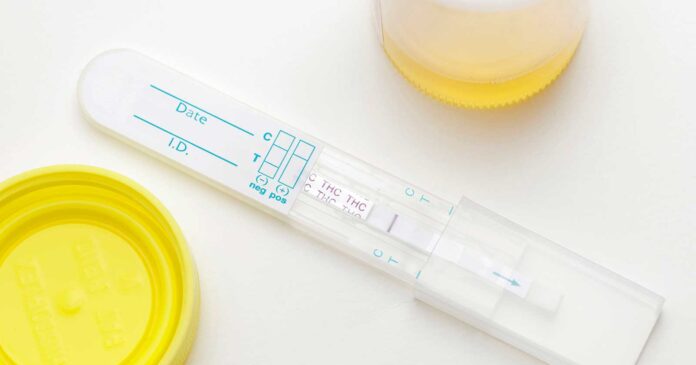Nothing kills the mood more than when you’re chilling through your weekend indulging yourself with things that put your mind at peace be it synthetic or natural substances, and then the next day your job asks you to go through a drug test as a random procedure. Or maybe you got caught on the wrong side of the law and now have to prove your sobriety to the court. One or the other way you couldn’t really help yourself and now you gotta find a way to find to fail a test ironically.In that case here are 13 factors which could affect a drug test
1. Dilution
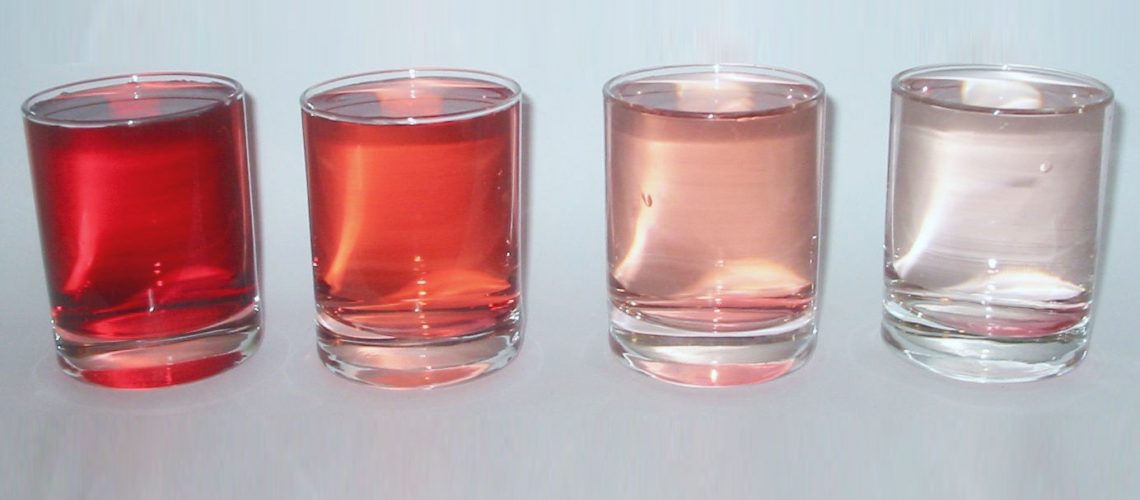
Sometimes to avoid getting a positive result the donor usually consumes large quantities of water so as to dilute the concentration of the drug/chemical in their system making the drug levels fall below a certain line where the drug test fails to detect the traces of the drug.
Nowadays the laboratories are well equipped enough to detect traces of the drug no matter the amount of dilution.
2. Sample tampering
Drug test tampering has become a norm in the field of testing for drugs. Since every donor requires a certain amount of privacy to produce the required sample for the drug test i.e. incase of urine samples. People try to tamper with the sample by adding chemicals and additives to the sample making the sample pass through the test with a negative. Another way they do this is by using someone else’s sample.
3. Metabolism
The rate of metabolism of a human differs from person to person. Drug traces are usually less identifiable when a person has a really slow metabolism rate.
4. pH levels
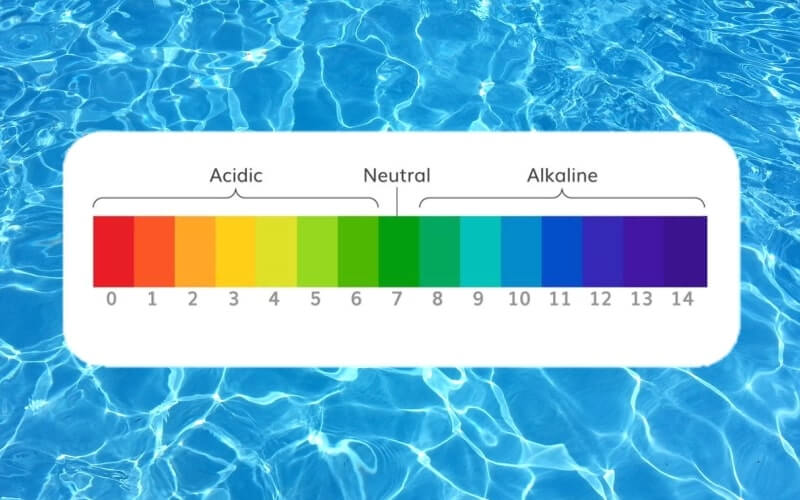
According to certain testing parameters of a urine sample’s pH is lesser than 3 or greater than 11 then the said sample is considered to be adulterated with some kind of substance. A normal sample would have a pH between 4-9. At the same time this cannot be considered as too accurate as the result may vary depending on the food, medical history and other similar situations.
5. Hair samples
When collecting hair samples the doctor or the individual responsible for carrying out the test should make sure to check whose hair samples he/she is actually collecting. A way to do this would be to ask the donor to produce a valid photo IDbefore the test is begun for verification.
6. Secondary contamination
Contamination of a test sample could happen through a variety of ways it could get transferred through bodily fluids or by directly being in contact with the person. The person could be near somebody who was smoking cannabis or someone might have had traces of cocaine in their hands and when they shook your hand the transfer would have taken place. But an established laboratory can make out the dissimilarities between secondary contamination and original drug use.
7. Body hair
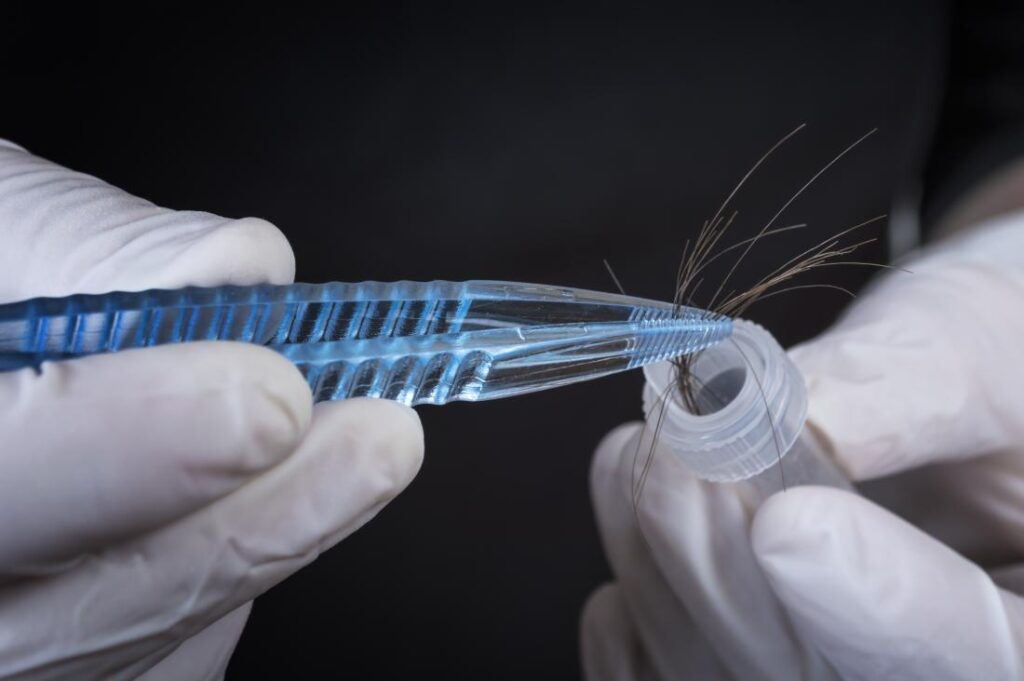
The thing about hair is it has different timeframes for each location from which the hair sample is taken. And therefore body hair is usually not what the test In charge would go for as body hair is not very suitable for sectional analysis like that of the head.
8. Length of hair sample
According to studies, it’s observed that every cm of a hair strand showcases the drug usage of that month. Our head hair grows at a rate of 1cm per month. So the length of a hair sample matters a lot as, if you had to check the 4 month history of a sample donor and the length of hair is 3 cms then the test carried out would be of no use.
9. Bleach usage
Usually when bleach is used it reduces the concentration of drugs found in the hair to minute traces. But this could only be used as a one time measure as repeated batches of bleach usage could result in extreme hair damage and completely nullified metabolites in the hair meaning the head hair could no longer be used to test and body hair would have to be used.
10. Oral testing
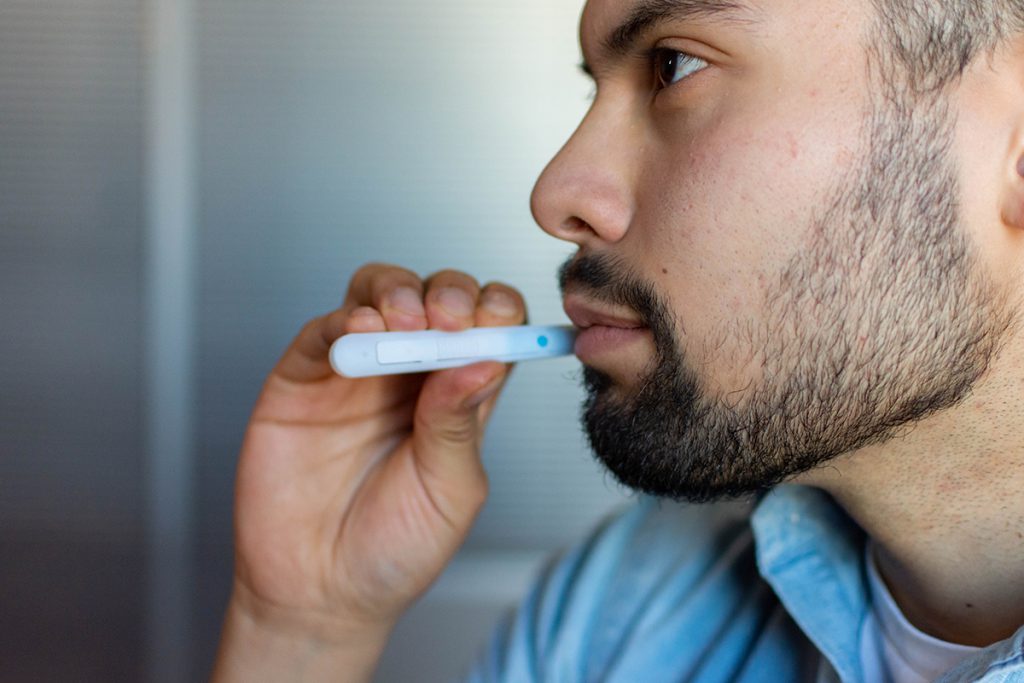
Oral testing could be considered as of the most easily by-passable kind of drug testing ad the donor could just stop using the drug a few days before the test and the test result could be expected to come back as negative. The traceable window for oral testing is just 1-2 days which makes it very easy for drug offenders to by-pass. Drug screen compliance Odessa TX is one of the best ways for drug testing.
11. Oral pH
It’s been observed that chewing on certain kinds of candy with citrus in them reduced the concentration of the drug traces in the mouth exponentially. This is because citrus candy increases the pH of the mouth which causesionization of certain traces of chemicals in the mouth due to drug usage which would be used to detect during a test.
12. Nails and drug testing
Both toe nails and finger nails are used in drug testing. Since the growth rate of both kind of nails is different their timeframes for detecting drug usage is also different. Toe nails could showcase drug usage of a whole year whereas when it comes to finger nails the rate is reduced to half i.e six months.
13. Antibiotics
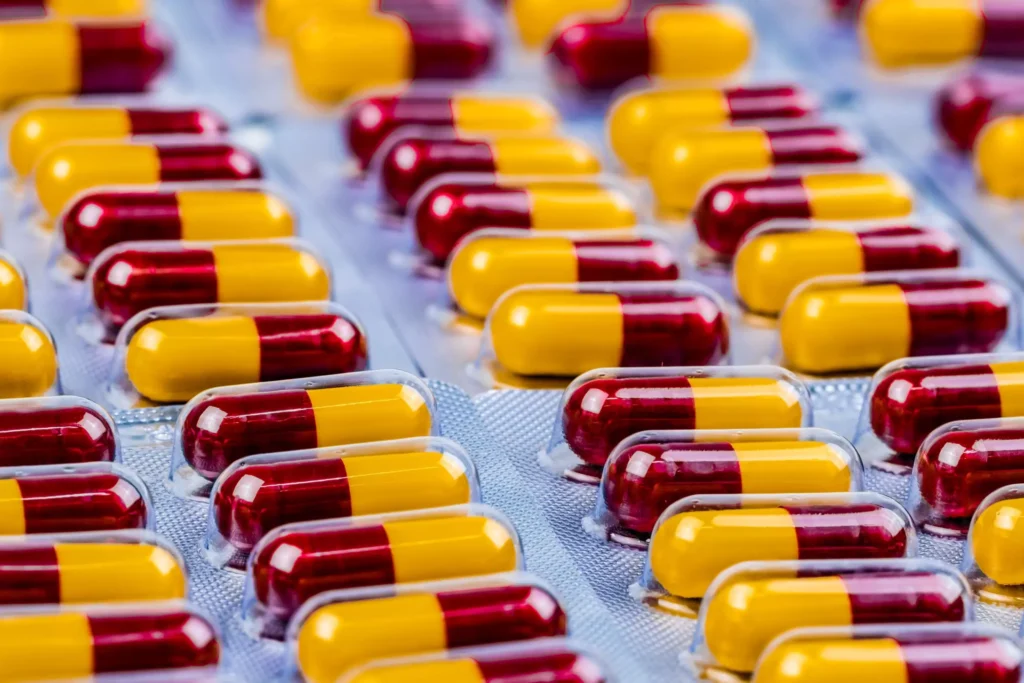
A few antibiotics are known to affect the test results for drug usage by reducing the accuracy of the test by hampering with the test sample. But these don’t affect the screening of drugs but they could show as positive for things that are not being tested for. Tuberculosis antibiotic called Rifampin shows positive for opioids. What’s interesting is the fact that even after almost a day after ingestion of the antibiotic it would still have quite an influence on the test result.
Drug testing is only as effective as the individual and the institution carrying it out. So no matter how much one might try to affect the results of a postive drug test it could only be done to a certain extent and with today’s methods the chances are quite slim when it comes to inaccuracy in laboratories.

